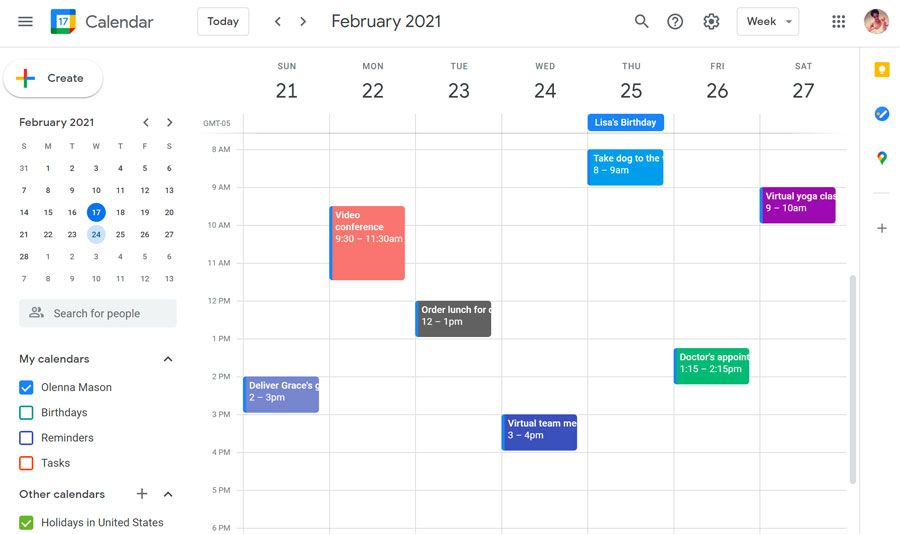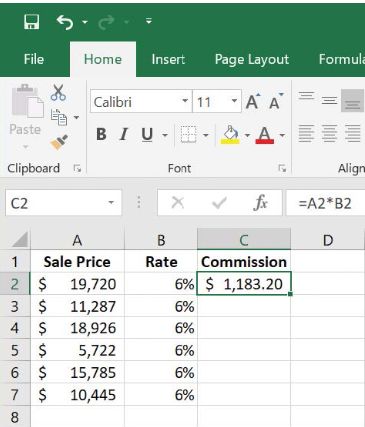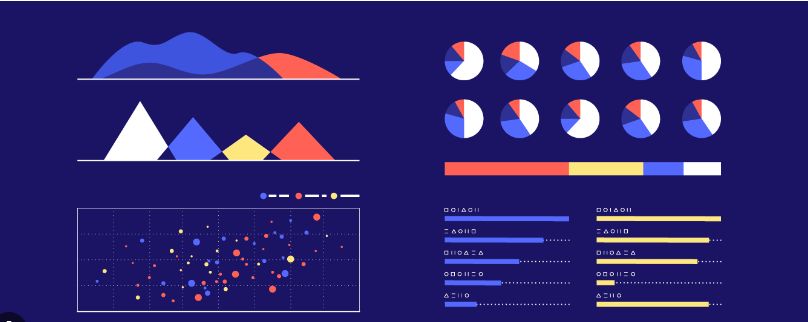Uses of excel
Introduction: What Does it Mean to Excel?
Excel is a term used to describe the highest level of achievement in any field. It requires a combination of hard work, dedication, and the right skills and resources to reach the pinnacle of success. Whether you’re looking to excel in your studies, career or business, there are certain steps you can take to ensure that you reach your goals. This article will provide an introduction on what it means to excel and how you can achieve it.
Excel is a commonly used Microsoft Office application. It is a spreadsheet program that is used to save and analyze numerical data.
Uses of Excel :
-
Data Entry and Storage.
-
Performing Calculations.
-
Data Analysis and Interpretation.
-
Reporting and Visualizations.
-
Collection and Verification of Business Data.
-
Calendars and Schedules.
Data entry and storage :
Data entry and storage are essential elements of modern life. Data entry is the process of entering information from a variety of sources into digital formats for storage and analysis. Storage refers to the storing of data in a secure and organized way, often in cloud-based systems or other computer systems. This data can be used for many purposes such as reporting, analytics, decision-making, communication, marketing, and much more.
Data storage is the retention of information using technology specifically developed to keep that data and have it as accessible as necessary. Data storage refers to the use of recording media to retain data using computers or other devices.
Performing Calculations :
Performing calculations is a process that involves using mathematical equations and formulas to solve problems. This can be done with a variety of tools, such as calculators, computers, and even paper and pencil. Performing calculations allows us to quickly and accurately arrive at solutions for complex problems, saving time and energy in the process.
Data Analysis and Interpretation :
Data Analysis and Interpretation is the process of using collected data to draw meaningful conclusions. This process involves analyzing the data and identifying patterns, trends, relationships, and anomalies in order to draw meaningful insights from it. By interpreting the data, organizations can make informed decisions based on facts rather than guesswork.
Data interpretation is the process of reviewing data and arriving at relevant conclusions using various analytical research methods. Data analysis assists researchers in categorizing, manipulating, and summarizing data to answer critical questions.
Data reporting and visualization:
Data reporting and visualization are essential tools for businesses to make informed decisions. They provide the necessary insights to understand how customers, employees, and other stakeholders interact with their products or services. With the help of data reporting and visualization, businesses can quickly identify trends in customer behavior, analyze the performance of different teams, and optimize operations for improved efficiency. By leveraging the power of data reporting and visualization, businesses can gain a competitive edge in today’s digital economy.
Collection and Verification of Business Data:
Accurate and up-to-date data is essential for any business to succeed. But collecting and verifying the data can be a time-consuming process. Fortunately, Artificial Intelligence (AI) has come to the rescue. AI writing assistants are now using advanced algorithms to quickly and accurately collect and verify business data, freeing up time for businesses to focus on other operations.
Means of Verification are the tools used and processes followed to collect the data necessary to measure progress. The data collected may be quantitative or qualitative.
Calendars and Schedules :
Calendars and Schedules are essential tools for keeping track of time and managing tasks. Calendars help us stay organized by visually representing upcoming events, meetings, and deadlines. Schedules help us plan ahead by organizing tasks into manageable blocks of time. With the help of calendars and schedules, we can prioritize our activities for maximum efficiency.
They are often made using a calendar, where the person making the schedule can note the dates and times at which various events are planned to occur.

Conclusion: Excel is clearly a resource that can be used in many careers, and is valuable for professional and personal purposes. This Blog has focused on introducing the fundamental skills necessary to get you started in using Excel and to a solid intermediate level of proficiency, confidence, and comfort using the program.





